
The Big Short
Inside the Doomsday Machine
Recommendation
If you wonder how the US suffered one of the most damaging financial crises in its history, catch Michael Lewis’s definitive history of the characters and plots that led to Wall Street’s undoing. He offers a black, sardonic portrayal of how smart, seemingly shrewd and very ambitious people – the elite of the elite, traders and quants alike – became obsessed with making money from a situation they didn’t fully understand. Then he profiles a tiny number of people who understood exactly what was happening and couldn’t believe their eyes. The book is not a chronology, but a set of portraits of these few victors, connected by the tale of the unfolding crisis. Though the book’s structure is not an asset, its writing is compelling. Interestingly, the savants Lewis depicts were strange characters with weird backgrounds, spurred by a mixture of cynicism and naïveté. They would not stop asking questions, did not accept the experts’ risk models, and were slow to trust anyone else’s knowledge or judgment. The darkest part of Lewis’s history is that no one held the major institutions that caused the crisis to account. getAbstract recommends this engrossing report to bankers, traders, journalists, historians and federal prosecutors.
Summary
About the Author
Financial journalist Michael Lewis has written several bestsellers, including Moneyball and Liar’s Poker. He also once sold bonds in the London office of Salomon Brothers.








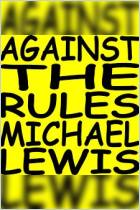
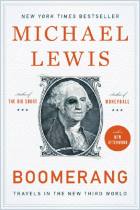
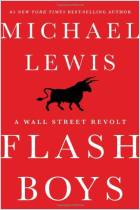
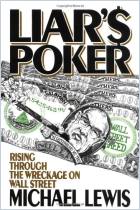

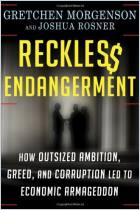
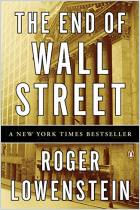
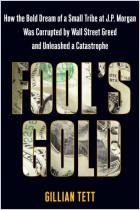

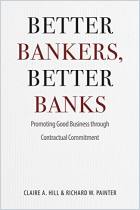
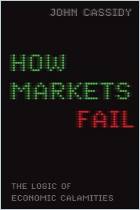


Comment on this summary or Iniciar a Discussão